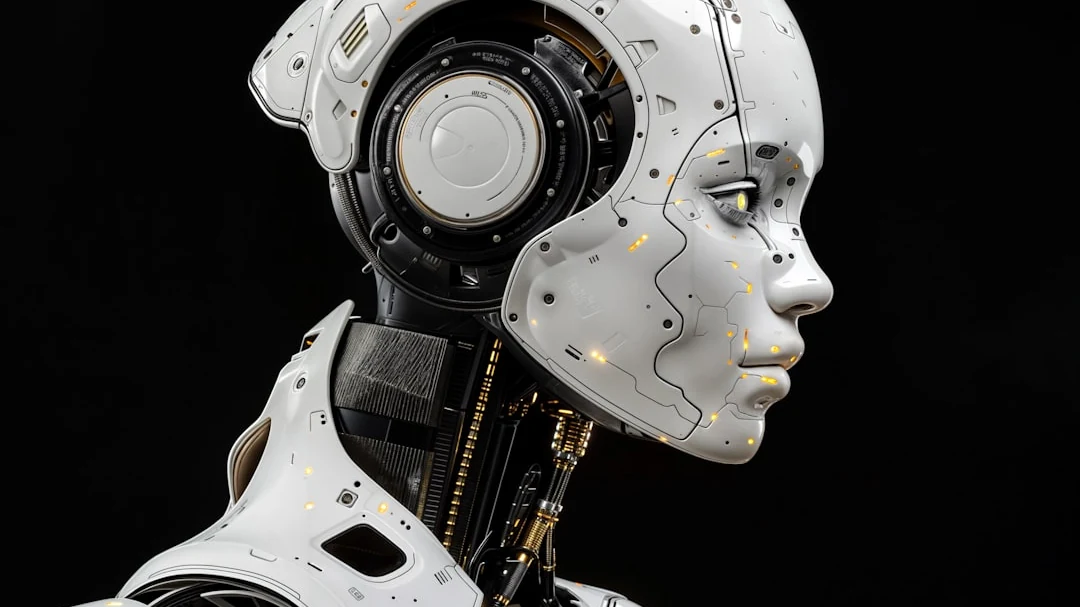How to Transform Cold AI Output into Warm, Engaging Conversations
Have you ever read AI-generated content that felt like it was written by a robot for robots? You’re not alone. A recent study found that 73% of readers can identify AI-written content within the first paragraph, often describing it as “mechanical” or “lacking personality.” Yet here’s the paradox: AI tools are becoming indispensable for content creation, customer service, and communication across industries.
The challenge isn’t whether to use AI—it’s how to make AI-generated content feel genuinely human. This guide will walk you through proven techniques to transform sterile AI output into warm, engaging conversations that build real connections with your audience.
Understanding Why AI Content Feels Cold
Before we can fix the problem, we need to understand it. AI-generated content often feels impersonal for several reasons:
- Lack of emotional context: AI doesn’t experience emotions, so it struggles to convey genuine feeling
- Over-formality: Most AI models default to professional, academic language
- Missing personal touches: No anecdotes, experiences, or unique perspectives
- Predictable patterns: AI tends to follow formulaic structures that become repetitive
- Absence of conversational flow: Natural human speech has rhythm and variation that AI often misses
Recognizing these limitations is the first step toward creating more engaging AI-assisted content.
The Art of Humanizing AI Output
1. Add Personal Anecdotes and Examples
One of the quickest ways to warm up AI content is by weaving in personal stories. For instance, when I first started using AI writing tools, my content sounded like a textbook had a baby with a corporate memo. It wasn’t until I began adding real-world examples that my content started resonating with readers.
Here’s how to do it effectively:
- After generating AI content, identify key points that could benefit from examples
- Insert brief, relevant stories from your experience or industry case studies
- Use specific details that create mental images for readers
- Keep anecdotes concise—aim for 2-3 sentences maximum
2. Inject Conversational Language
Transform formal AI language into natural speech patterns. Replace “utilize” with “use,” “commence” with “start,” and “individuals” with “people.” It’s like the difference between wearing a tuxedo to a backyard barbecue versus showing up in comfortable clothes—both are appropriate in their context, but one clearly fits better.
3. Use Rhetorical Questions and Direct Address
Speaking directly to your reader creates immediate engagement. Questions like “Have you noticed how…?” or “What would you do if…?” pull readers into the conversation. This technique transforms passive reading into active participation.
Practical Techniques for Warming Up AI Content
The Emotion Injection Method
AI struggles with emotional nuance, but you can add it back in. Here’s a step-by-step approach:
- Identify emotional moments: Look for places where human emotion would naturally occur
- Add feeling words: Include terms like “frustrated,” “excited,” “surprised,” or “relieved”
- Show, don’t tell: Instead of “The customer was angry,” try “The customer’s voice rose as they explained their third attempt to resolve the issue”
- Include sensory details: Mention what people might see, hear, or feel in the situation
The Personality Layer Technique
Think of AI output as a base layer—technically correct but bland. Your job is to add the seasoning. This might include:
- Industry-specific humor or references
- Cultural touchpoints your audience relates to
- Metaphors and analogies from everyday life
- Occasional contractions and colloquialisms
- Strategic use of emphasis and enthusiasm
Common Misconceptions About Humanizing AI Content
Many content creators fall into these traps when trying to make AI content more human:
Myth 1: More exclamation points equal more personality! Reality: Overuse of exclamation points feels forced and insincere. Use them sparingly for genuine emphasis.
Myth 2: Casual means unprofessional. Reality: You can be conversational while maintaining credibility. It’s about finding the right balance for your audience.
Myth 3: AI content should be completely rewritten. Reality: Often, strategic edits and additions are more effective than starting from scratch.
Future Trends in AI-Human Content Collaboration
As AI technology evolves, we’re seeing promising developments in creating more naturally engaging content. Voice-trained models are beginning to capture individual writing styles more accurately. Emotional intelligence features are being integrated into advanced AI systems. However, the human touch will remain irreplaceable for genuine connection and creativity.
The future isn’t about AI replacing human writers—it’s about creating a powerful partnership where AI handles the heavy lifting while humans add soul, personality, and authentic connection.
Key Takeaways
Transforming cold AI output into warm, engaging conversations isn’t rocket science—it’s about understanding what makes human communication special and strategically adding those elements back in. Remember:
- Always review and personalize AI-generated content before publishing
- Add specific examples, anecdotes, and sensory details
- Use conversational language and vary your sentence structure
- Inject appropriate emotion and personality for your audience
- Don’t overcompensate—authenticity beats forced enthusiasm every time
The goal isn’t to hide that you’re using AI tools—it’s to ensure that the final product serves your audience with valuable, engaging content that feels genuinely human. By mastering these techniques, you’ll create content that not only informs but also connects, turning cold algorithms into warm conversations that your readers will actually want to engage with.
Start small. Take one piece of AI-generated content today and apply just two or three of these techniques. You’ll be amazed at how quickly robotic prose transforms into engaging conversation. After all, at the heart of all great content is a simple truth: people connect with people, not machines. Your job is to be the bridge between the two.





